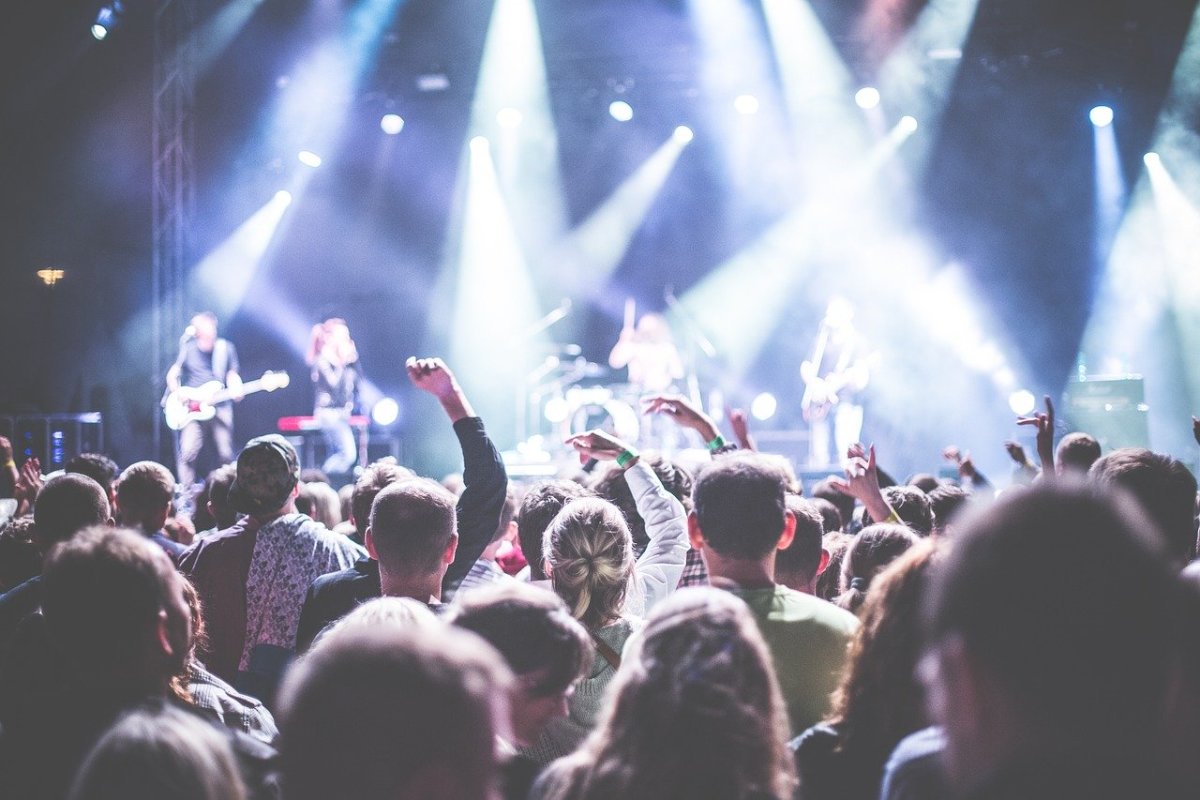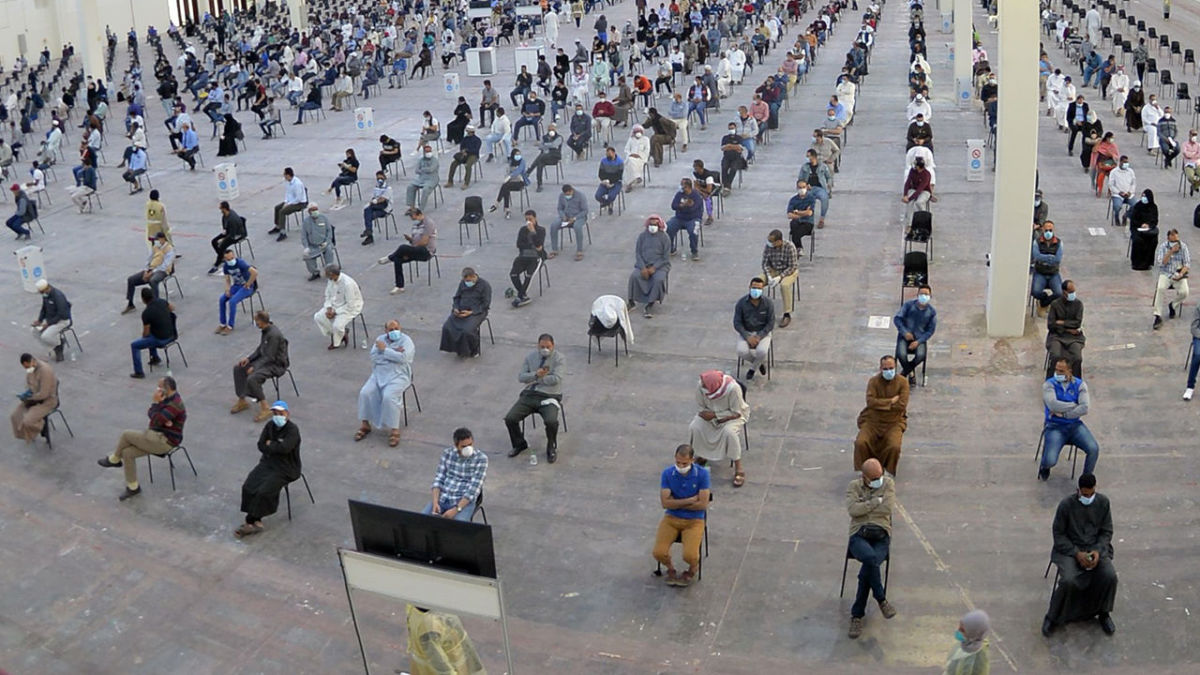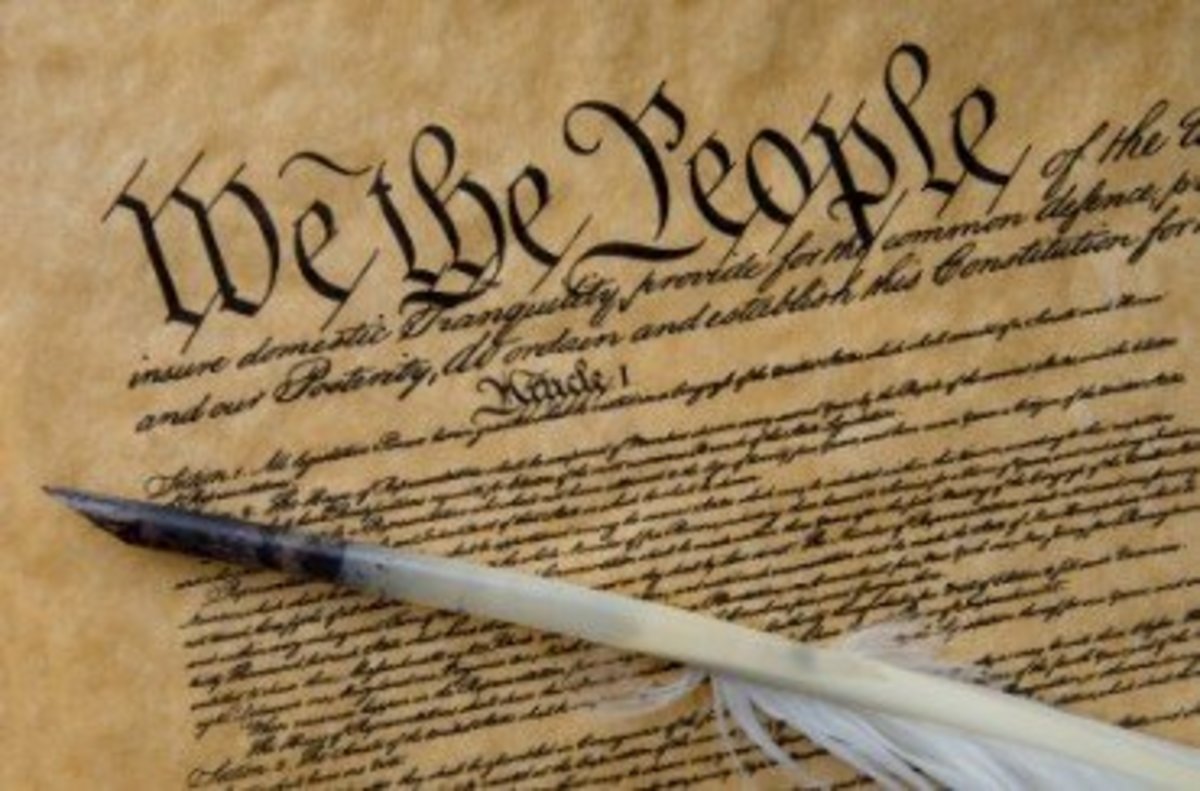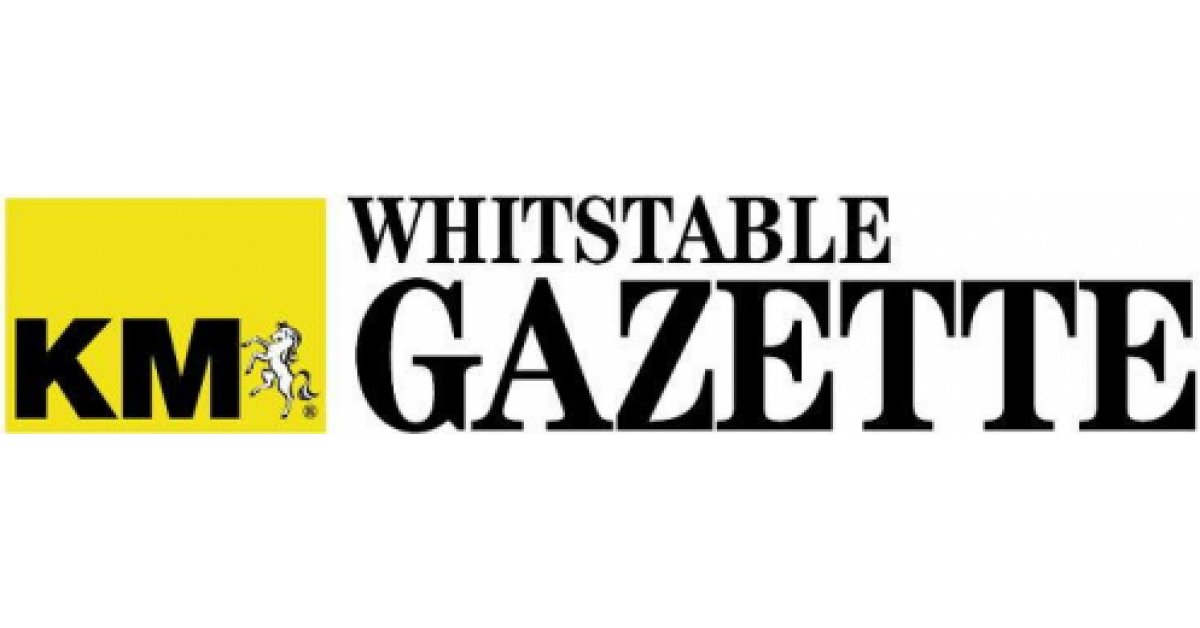Coronavirus Responses - A Scientific Approach
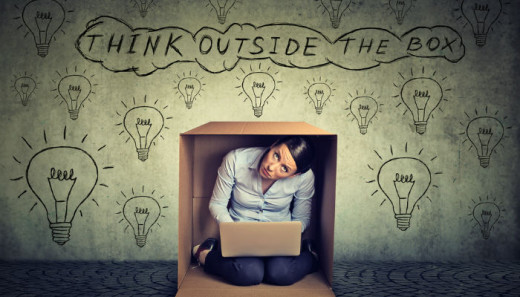
Introduction
The COVID-19 virus pandemic is a challenging issue. In the beginning, there were many unknowns. Our medical experts had to make some projections based on very limited data. It is prudent to assume the worst case scenario. Now that we are five months into this crisis, and after 3 million confirmed cases worldwide, and a total death count of 206,000 as of 4/26/2020, we have a much better idea about the numbers. This article is trying to address our responses in light of the dire nature of this virus. I think a review of what happened will help us going forward in dealing with this virus and future viruses.
- April 2020
Background
Pandemics are not new. We have experienced them in years past going back thousands of years. The black plaques and the Spanish Flu were two extreme examples where millions of people died around the world.
What is new is our responses to deal with it. With increased medical knowledge of how this virus spreads and its incubation period, our medical experts have advised our leaders to extreme measures to counter this disease. Never in human history has the whole world come together in such a way to deal with this global pandemic.
With the projections of millions of deaths, our politicians and elected leaders were forced to shut down our country temporarily in order to reduce the casualties. In addition. these politicians passed spending bills that are unprecedented basically paying businesses to stay closed and paying employees to stay home.
Is this a sound practice? or is there a better way?
Caveat
I want to make clear at the start of this article that my views and ideas are opinions. I am just asking some important questions for discussion and debate. Hopefully, they will be addressed rationally without emotions. Science does not take emotions into account. An idea is either scientifically sound, backed up by data and facts or it is just a theory. How one feels personally have no bearing one way or another.
Public policies should be based on science and guiding principles.
One Example...
Now that we had the quarantine, and passed the near $3 trillion stimulus bill, and seem to bend the curve on the coronavirus, let's see if another approach may be better.
Let's do the math.
- 330 million Americans
- $3 trillion borrowed and spent
- 20% unemployment and rising...
- Dow Index dropped by 35% (currently returning and recovering half the loss)
- projected 30% of small business will fail over the next 3 months
- 54,000 deaths so far and projected to reach 67,000 by Aug.
What if instead of shutting the whole country down, we just give the people who are most vulnerable, with pre-existing conditions and the elderly $100,000 each to stay home for a year. That is used the $3 trillion stimulus and pay these people to stay home, thereby self quarantine.
Assume there are 10% of our population that falls into this category, does the numbers workout?
10% of 330 million is 33 million. 3 trillion divided by 33 million equals $90,900.
In this simple example, by thinking outside the box, we may have solved a major economic catastrophe. We would still be in the debt of the same amount. However, we would not have the devastation of a recession brought on by the mandatory shut down. Businesses will continue to operate, and GDP and unemployment and the stock market would not have suffered anywhere near the current numbers.
Our National Debt Clock
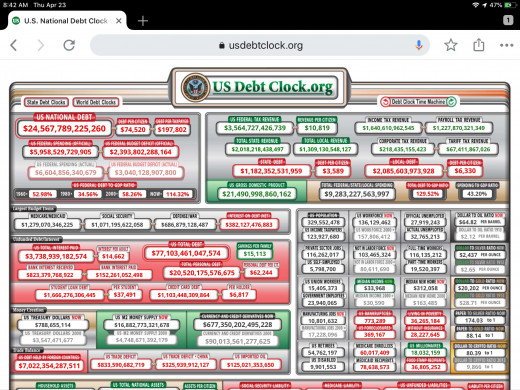
Modern Technology to The Rescue
How do we implement the above proposal?
We now have technology that does not exist a decade ago. We have smart phones. We can track the location of every cell phone. An app can be developed that allow the system to monitor the location of everyone signed up to this program. Once they have been determined automatically to be situated at home, for the 2 weeks, a check will be sent out. If they violated the regiment, they will miss their payment for that period.
This simple mechanism can basically help the people to self police themselves. The motivation is money. If they want to be paid, they must stay home. If they violate the agreement, they will be penalized in addition to not getting paid but extra fines or penalty may be inflicted.
It should be explained clearly so that everyone understand the need to do this and cooperation is absolutely necessary for this mitigation to work. There family members and loved ones can be recruited to help with getting them groceries and medicine so that they remain at home for the duration. It is for their own safety and health.
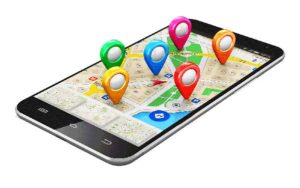
Social Distancing
This is a new term. Before the COVID-19, there was no social distancing. At first, since there was no cure, no vaccine, we needed to do something to prevent the spread. The idea of a temporary quarantine makes sense. If everyone were to stay home, the virus would have no way to infect new patients.
The theory is sound. If many people were exposed to the infection, how do we stop it?
We stop it by isolating the people who have contacted the disease and has shown symptoms. Next, we make sure all the people stay home. After the incubation period, all the people who contracted the disease would either come down with symptoms or recover after a short time without any treatment.
The social distancing is to make sure those who must be going outside due to their jobs, like first responders and critical mission workers, like food stores, pharmacies and deliveries and gas service stations...will not have the possibility affect those they come in contact with. The face masks, and keeping a 6 foot distance minimum are an attempt to minimize the risk.
Here is the problem. Once the incubation period is over, there should no longer be a need to quarantine everyone. All the people who are infected or will potentially be infected should have been identified.
The rest of the population should be free of the virus.
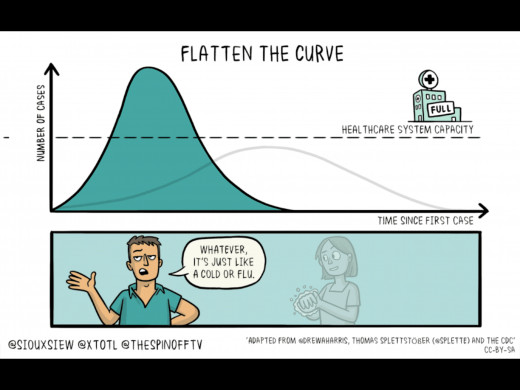

The Science...
This is a simple exercise of the brain and imagination. It has been 40 days since the quarantine in the New York area. I and my wife have been home and only get out to buy groceries and drive to the park and walk a little for fresh air and exercise. We practice social distancing, wear face masks, and use wipes and sanitizers.
We have not shown any signs of the coronavirus.
Most of our friends and family members have done pretty much the same. What would prevent us from getting together? If I am safe, and they are safe then where could the virus initiate?
I will take it to the next level. I have 30 or so friends who were on our Varsity Fencing teams. They have all been home following the quarantine guidelines. They are all safe and coping with the isolation. What if we all got together to celebrate one of our member's 75th birthday? Shouldn't it be a safe gathering?
The other problem I have is the closing of all outdoor parks. According to medical studies, most of infections take place indoors, in closed spaces. Why close the parks where they are the few open spaces where people can get out and get some fresh air, sunshine and exercise?
It just seem counter productive. We must use common sense.
Individual Freedom vs. Collective Well-being
There has been some discussions about the differences between China and the US. Why is it that China was able to control the spread of the virus and keep their death rates very low? While the US, despite the quarantine, and social distancing, has a much higher infection rate.
Some say it is our culture and our forms of government that makes the difference. We are a democracy and we value individual freedom. China is a communist nation with a powerful central government. They can enforce strict laws and guidelines on social interaction and the masses comply and they will self police and shame others to keep people in line. We don't have the same mentality. On the contrary, we believe we are free to do as we choose as long as we don't infringe on the rights of other citizens around us.
Which is superior? At various point in history, both have their merits. The prove of the pudding is in the long term sustainability of any principle or policy.
Similar to The 2nd Amendment Debate
This debate of personal freedom vs. public safety is not new. It surfaces in the past when we discussed or debated over the right to own guns. Our Constitution allowed us citizens to bear arms. Over the decades, due to a few high profiled mass shoots, our country debated the merit of gun ownership especially in large urban cities. We passed legislation to limit the sales of guns, background checks, registration requirements...
The argument is very similar. If it was not for the 2nd Amendment, perhaps we would have banned guns all together like so many other nations.
What are the tradeoffs? Does having the 2nd amendment prevent a more serious consequence down the road? even though we may have a handful of mass shootings.
In the case of the coronavirus, does the right of the individual to choose life, liberty and the pursuit of happiness trump the rights of others who may be harmed by the spread of this virus?
In specific, if someone chooses not to wear a face mask in public, is that person being irresponsible to the point of needing a law to prevent him with penalty of fine or jail?
Or, if a person wants to open his shop to conduct business and earn a living, while practicing social distancing and using precautions, breaking the local ordinance set by the mayor or governor?
These are important topics of debate. Where does personal freedom ends and public safety begins?
What Makes No Sense...
Regardless how you feel about the quarantine, there are a few things we should all agree on and that is based on science and economics.
1. We should not pay people not to work.
2. We should help only those that need it immediately.
3. We should not bail out a company or industry that is already under water or are well funded.
Looking at the $2.2 trillion stimulus bill, there are numerous problem areas.
1.Why did the government decided to sent $1200 per individual to all people essentially? Most of the workers are working at home and getting a paycheck.
There was no reason to send them $1200.
2. Why was an additional $600 per week added to unemployment benefits?
3. Why are businesses like Ruth Chris Steak house and Harvard University getting any stimulus dollars?
Where is common sense in all this?
Economic Response...
I am not a big fan of the stimulus bill. The two bills passed by Congress totals $3 trillion. The bills was rushed through without much debate. I understand the urgency but the policies must make sense.
For example, why give out loans to small businesses and tell them ahead of time there will be no penalty...and in fact, if conditions are met, the loans will be forgiven.
This is an invitation for abuse and fraud.
The funds should be reserved for those businesses that really need the help and not a blanket offer that cost too much and is a boondoggle and not a real solution.
A Better Plan...
For the PPP, a better plan would be a special fund that is setup as a temporary assistance to any business that meets the following criteria.
- business was profitable before the virus quarantine
- business was forced closed due to the quarantine
- business continue to pay their employees
- business would be given an interest free loan to be paid back in 10 years
- limit the max amount of loan to the total payroll for 3 months
This way, only business that really need the help will apply.
Summary
This article is an exercise in logic and clear thinking.
There are a lot of unknowns but there are some common sense ideas as well.
We need to understand what we are doing in a national scale such that it makes scientific sense.
This content is accurate and true to the best of the author’s knowledge and is not meant to substitute for formal and individualized advice from a qualified professional.
© 2020 Jack Lee

